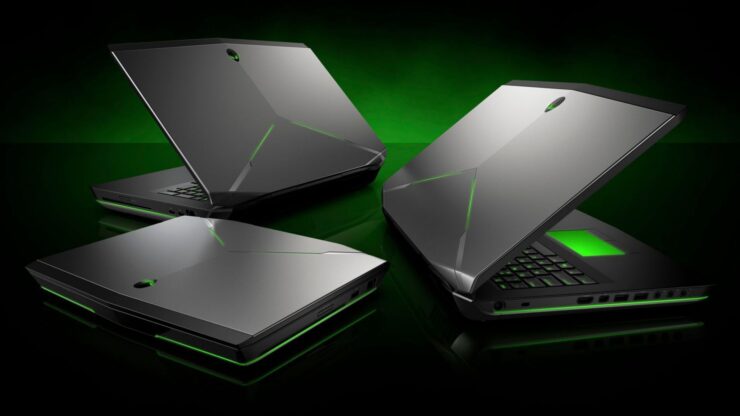The first laptop computer to hit the market was built in 1981. Known as Osborne 1, it costs 9 1,795. The screen was five inches long at that time and the keyboard was made with a lid. And it wasn’t light. In fact, it weighed about 25 pounds.
But since then, they have come a long way. Laptops and notebook laptop can be an ideal office solution for mobile business people, as you no longer have to sacrifice functionality for portability. In fact, desktop computers’ market share has been steadily declining in recent years as more and more users switch to smartphones and mobile devices. But before you buy any kind of laptop or notebook computer, these essential buying tips will help you.
What Is the Difference Between Laptop and Notebook Computers?
The mobile computing market is more confused than ever because buyers can choose between different devices that are defined differently:
- Laptops
- Notebooks (Little smaller than laptops)
- Netbooks (Inexpensive notebook with some basic features)
- Ultrabook (small, thin notebook with advanced features and higher price)
- Tablets (on-screen keyboard, although some can connect to an external keyboard)
- Chromebooks (any laptop or notebook that runs the Google operating system called Chrome OS)
- MacBooks (Apple laptop – runs MacOS operating system)
- IPad (Apple Tablet – runs iOS operating system)
- Android devices (for example, tablets Samsung Galaxy line that runs Android operating system)
Some decide that they can handle most of the mobile computing work on a smartphone.
The difference between a laptop and a notebook is blurred. Typically, a laptop weighs about 5 pounds and is 1.5 – 2 inches long, while a device called a “notebook” usually weighs three pounds or less and weighs 5 pounds. – 1 inch thick. Notebooks and tablets are more portable. It is small enough to fit in a bag or briefcase, which means the screen size is 15 inches or less.
There are still other versions of the “book” computer. Netbooks are even smaller and cheaper devices intended for basic computing tasks such as word processing, email, and web browsing.
Tablets come in a wide range of prices and capabilities. It comes with more expensive hybrid models or convertibles, such as Microsoft Surface or Acer Chromebook, with larger, higher-resolution screens and detachable keyboards, making them equal to notebooks and laptops in terms of capacity and ease of note-taking.
Weight and Portability
Remember, size matters. An extra pound of weight on a laptop or notebook may not sound like much, but you can appreciate the difference by balancing it on your lap or packing it around in a briefcase. Unfortunately, weight is often the opposite of price. Heavy models cost less, while skinny ones often come at a premium. All these devices have poor sound quality if you want to upgrade it you can check the soundbar.
On the other hand, if the display’s size is a concern (as described below), you may want to sacrifice larger weights and portability. Smaller notebooks also have more cramped keyboards, which can be annoying for some users.




























